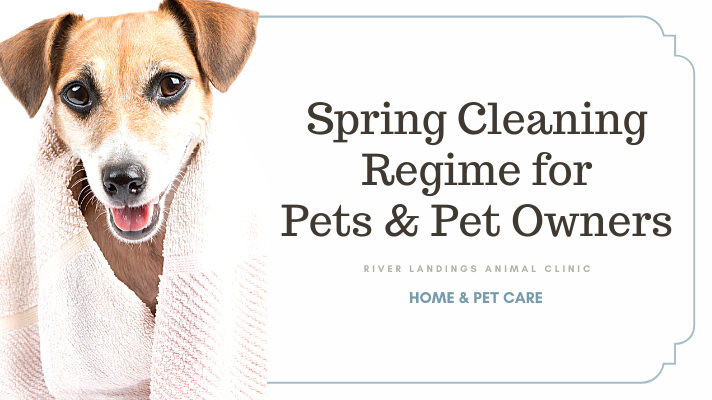What is a service dog?
Service dogs, assistance dogs, and alert dogs can help make life easier for people with disabilities.
Some of the disabilities in which dogs are trained to aid in are:
Mobility issues (including Paralysis)
Sensory issues (Blindness, hearing loss, etc)
Diabetes (Diabetic Service Dogs)
Epilepsy or Seizure Disorders (Seizure Alert Dogs)
Autism (Autism Service Dogs)
Stability (Wheelchair Assistance Dogs)
Post Traumatic Stress Disorder (PTSD Service Dogs)
Psychiatric Disorders (Psychiatric Service Dogs) - Trained to service those who are diagnosed with major depression, obsessive compulsive disorder, ADHD, Bipolar Disorder, General Anxiety Disorder, social phobia, Alzheimer’s Dementia, and Schizophrenia.
What do service dogs help with?
A service dog aids individuals with limitations in their day-to-day routine in life. Some of the basic tasks they can provide are:
Retrieve medication and other items
Open doors and cabinets
Pick up a phone
Alert authorities
Turn on and off lights
Alert owner to seizures
Alert owner to changes in blood sugar
Find keys
Take off shoe and socks
Carry groceries or laundry
Assist with walking
Alert owner to sounds (doorbell, phone, etc)
Pick up mail
Provide companionship
Although trained to perform this basic tasks, each dog is trained specifically to fit their owner’s personal needs.
Service dogs are protected under US federal law
Under the Americans with Disabilities Act (ADA), an individual with a disability is entitled to a service dog to help them live their lives normally. The ADA protects disabled individuals by allowing them to bring their service dog with them to most places that the public is permitted, including restaurants, hotels, housing complexes, and even in air travel. Any dog can be a service dog and service dogs do not have to be professionally trained. The important thing is that the dog is trained to be a working animal and not a pet.
DID YOU KNOW: There are approximately 20,000 service dogs in the U.S., which includes 10,000 guide dogs.
(American Humane Association, U.S. Pet and Population Fact Sheet: source)
Identifying service dogs for the public and public knowledge
Often a service dog will be identifiable by a service dog tag or vest. This is to let the public know it is a service dog and not a pet. Airlines and other means of transport may require identification, such as ID cards/tags.
Living with your service dog
The Americans with Disabilities Act (ADA) gives individuals the right to live with their service dog, regardless of any building or residences with a no pet policy. This is because a service dog is not considered a pet and is required for daily life functions/activities. Building managers or landlords may not refuse your service dog nor may they require you to submit any pet deposits or fees for your service dog. Hotels fall under the same policy.
Flying with your service dog
Same as living with your service dog, under the ADA law, airlines may not charge additional fees for having a service dog at their side, nor may they deny access.
Common service dog breeds
Labrador Retrievers
Golden Retrievers
Lab/Golden Retriever crossbred dogs
German Shepherds
Local Florida service dog training
Southeastern Guide Dogs is the standout organization as far as service dogs go:
Southeastern Guide Dogs has the distinction of being dually accredited by the two premier, global accreditation bodies: the International Guide Dog Federation (IGDF) and Assistance Dogs International (ADI). Founded in 1982 in Palmetto, Florida, we employ the latest in canine development and behavior research to create and nurture partnerships between visually impaired individuals and extraordinary guide dogs. Southeastern Guide Dogs serves more than 450 graduates across the U.S. and continues to place more than 100 dogs each year into careers benefiting people with visual impairments and veterans. While receiving no government funding, we provide all of our dogs and services at no cost to recipients.
Visit their website at www.guidedogs.org










